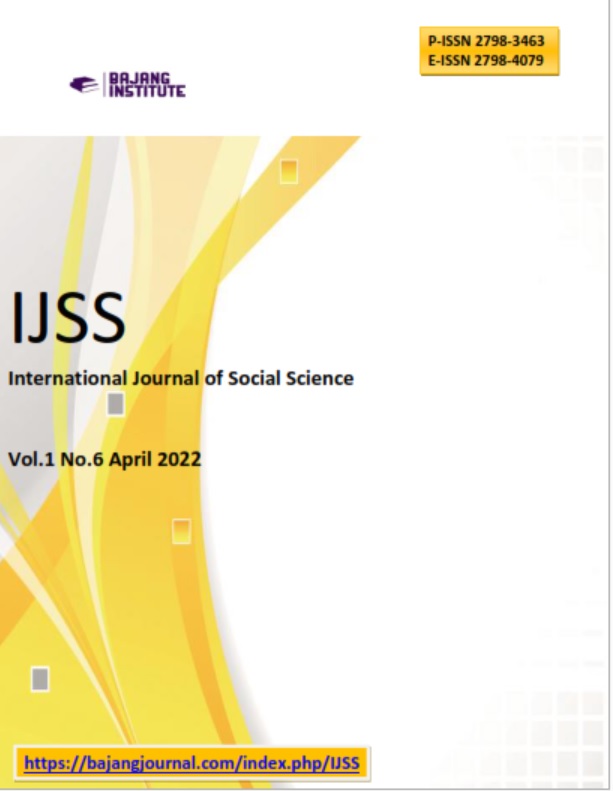THE MYTH OF “EASY” IN CARRIER PERCEPTION OF CHILDREN WITH DIARRHEA IN THE CENTRAL ICU PICU ROOM JOMBANG REGENCY HOSPITAL
DOI:
https://doi.org/10.53625/ijss.v1i6.5278Keywords:
Caregiver Perception, Myth Of “Enteng-EntengiAbstract
There are many myths about disease among the people that are believed to be true for generations. One of myth in children with diarrhea is a “ enteng entengi” myth. “Enteng-Entengi” is myth from java that believes that diarrhea in children is a sign of increasing growth and development skills. This myth has an impact on delays in making decisions to bring children with diarrhea to health service facilities. The purpose of this study was to understand caregivers' perceptions of the "enteng-entengi" myth in children with diarrhea in the Central ICU (PICU) RSUD Jombang Regency. This study uses a qualitative approach to the type of instrumental case study research. According to the study criteria, there were 4 participant caregivers who accompanied the care of children with diarrhea in the central ICU PICU room. The research instrument uses structured interview guide and observation method by taking notes. The data analysis technique in this study uses Interpretative Phenomenological Analysis (IPA). The results of this study identified three themes. (1) The caregiver's knowledge of the “Enteng-Entengi” myth: all participants know that diarrhea in children is “enteng-entengi” myth. It is a sign that the child will have progress in growth and development such as teeth growing, learning to crawl, wanting to walk and being prone. (2) Caregiver's knowledge about diarrhea : Some participants said they had never received information about how to deal with diarrhea. (3) Caregivers' belief in the “enteng-entengi” myth: all participants believe that the cause of diarrhea in their children is because they take “enteng-entengi”. This myth is obtained from parents, grandmothers and neighbors. Health education is needed with quite intense so that this "enteng-entengi" myth can be reduced so that delays in bringing children to health services do not occur.
References
Aziz, 2006. Diarrhea Main Killer Toddlers. Jakarta: Graha Pustaka.
Khasanah, N., 2011. The Impact of Cultural Perceptions on the Reproductive Health of Mothers and Children in Indonesia.Muzah, 3 .
Maya, F.d., 2012. Introduction to Child Health. Yogyakarta: D Medika.
Nursalam, 2017.Nursing Science Research Methodology: A Practical Approach (P.P. Lestari, Ed.)(4th ed). New York: Salemba Medika.
Nurul Utami, d., 2016. Factors that influence events
Diarrhea in Children.MAJORITY, 5(4), p.101.
Rahman, F., Monday. January 8, 2018.Myth: Diarrhea is a sign that children will be able to walk or grow teeth. Surabaya: PWMU.CO.
Suraatmaja, S., 2007.Capita Selekta Pediatric Gastroenterology. Jakarta: Sagung Seto.
Wulandari, A., 2018.Handling Diarrhea in the Household is an Effort to Reduce Diarrhea Sickness Rates in Toddlers. Bandung.
Downloads
Published
How to Cite
Issue
Section
License
Copyright (c) 2022 Andi Yudianto, Sumarti Sumarti, Muhammad Rajin, M. Zahrul Azhar

This work is licensed under a Creative Commons Attribution 4.0 International License.

















